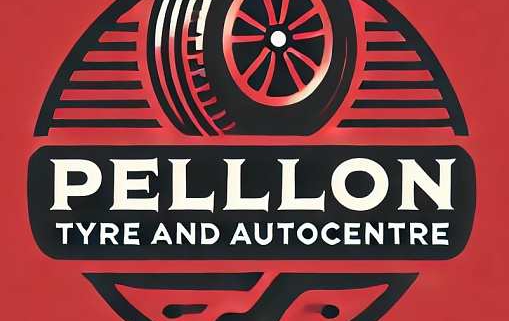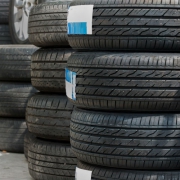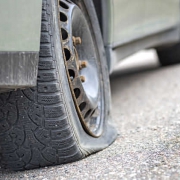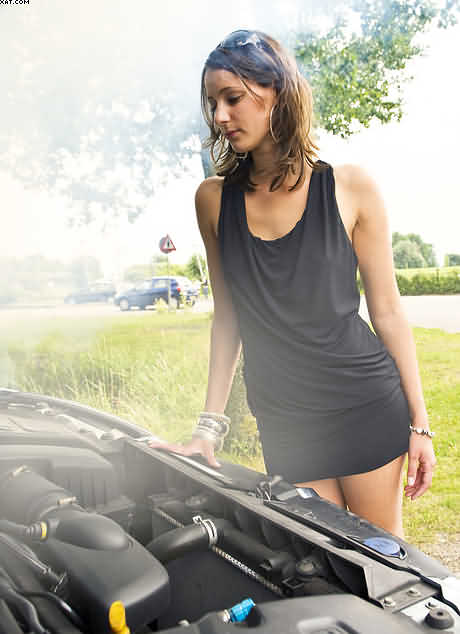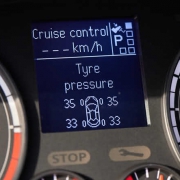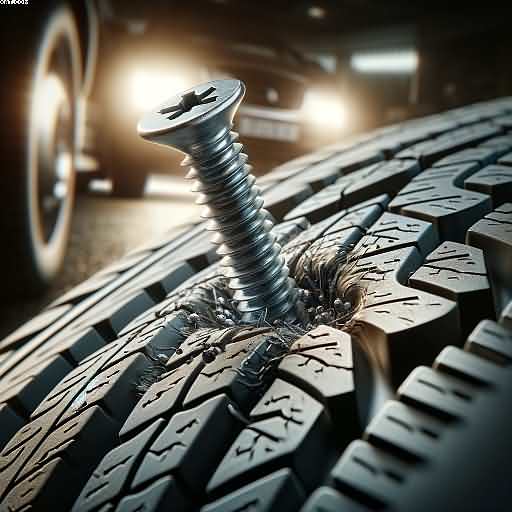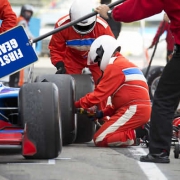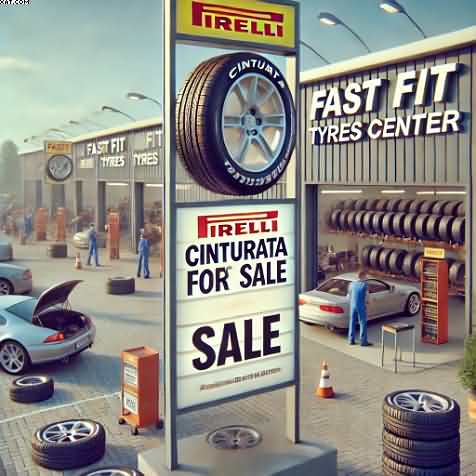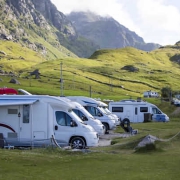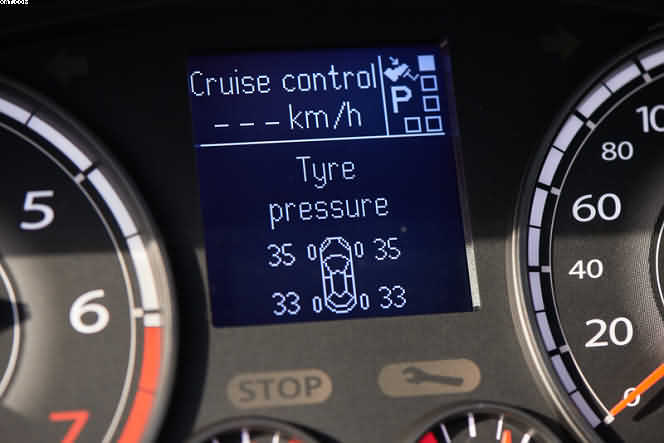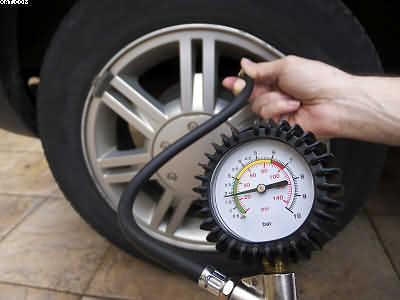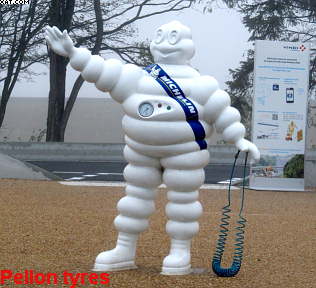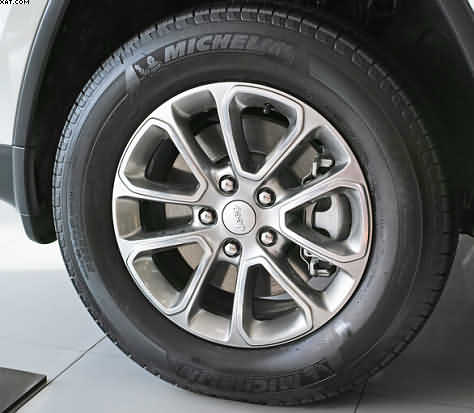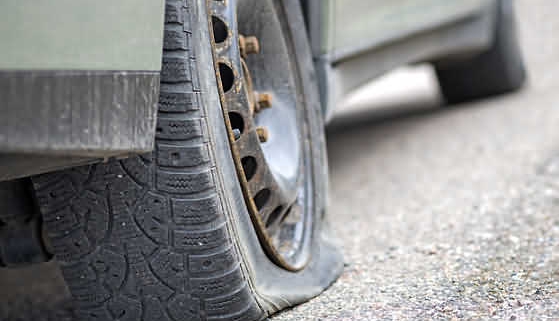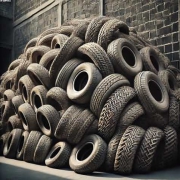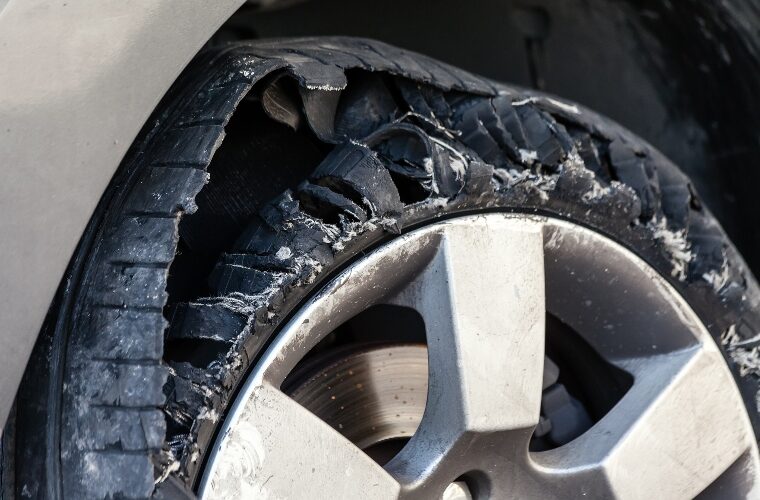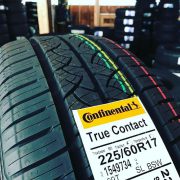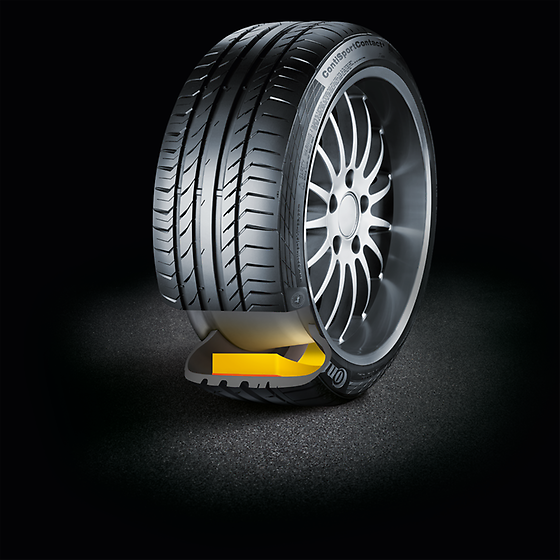Type of Tyres – A Woman’s Guide
Table of Contents
Type of Tyres

Type of Tyres – A Woman’s Tyres – What You Need to Know for Safety and Confidence on the Road
Let’s face it – tyres aren’t always the first thing we think about when it comes to car maintenance. But having the right tyres, in good condition, can make a massive difference to how your car handles, how safe it is, and even how much fuel you use.
This guide is designed especially for women drivers, whether you’re nipping to the school run, commuting to work, or off for a weekend adventure. Here’s what you need to know about types of car tyres, when to change them, and how to stay safe – whatever the weather throws at you.
Not All Tyres Are the Same – Understanding the Basics
While tyres might all look similar at a glance, they’re not all built for the same purpose. There are different types of tyres for different road conditions and driving styles. Choosing the right ones for your car – and your lifestyle – is key.
1. Summer Tyres – Standard for UK Driving Type of Tyres
These are the most common tyres fitted to new cars in the UK. Summer tyres are designed to handle well in both wet and dry road conditions – ideal for our typical British weather in spring, summer, and autumn.
- Tread patterns are designed to disperse rainwater and reduce the risk of aquaplaning.
- Great for everyday driving in towns, cities, and on the motorway.
- Offer good grip and fuel economy when temperatures are above 7°C.
📌 Best for: General daily use in average UK weather.
2. All-Terrain and Off-Road Tyres – For the Adventurous Driver
If you’re the kind of woman who likes to go off the beaten track – maybe a dog walker or farmer, or you just love a bit of mud – then all-terrain tyres are your best mate.
- Typically fitted to SUVs and 4x4s like Land Rovers and pick-up trucks.
- Tougher sidewalls to handle rough terrain.
- Chunky tread blocks help grip in mud, gravel, or loose sand.
📌 Best for: Rural drivers, off-roaders, or anyone needing extra grip in fields and on country roads.
3. Winter Tyres – Your Safety Net in Cold Weather Type of Tyres
If you live somewhere that gets frost, snow or icy roads in winter, winter tyres are well worth considering.
- Made from a special rubber compound with added silica, keeping them soft and grippy even in freezing temperatures.
- Deep tread and lots of tiny grooves (called sipes) help maintain control on slippery roads.
- Not just for snow – they also work better in cold, damp conditions under 7°C.
📌 Best for: Northern UK drivers, rural areas, or anyone regularly driving in winter weather.
4. All-Season Tyres – A Great All-Rounder
These are becoming more popular, especially with busy families or drivers who don’t want the hassle of changing tyres every season.
- A blend between summer and winter tyre tech.
- Provide reliable grip in mild winter and wet summer conditions.
- Michelin CrossClimate and Goodyear Vector 4Seasons are top choices.
📌 Best for: City drivers, moderate climates, or year-round convenience.
When Should I Change My Tyres?
Your tyres won’t last forever – and knowing when to replace them is vital for your safety. Here are some key things to check:
✅ Tread Depth
- The legal minimum tread depth in the UK is 1.6 mm, but safety experts recommend replacing tyres at 3 mm.
- Low tread = longer braking distance, especially in the wet.
- You can use a 20p coin as a quick check – if the outer band is visible, your tread is too low.
✅ Uneven Wear
- Uneven tyre wear could mean your tyres are underinflated, overinflated, or your alignment is out.
- If the edges are worn but the centre looks okay, your tyres might be underinflated.
- If the centre is worn and edges are fine, they might be overinflated.
✅ Cracks, Bulges, or Damage
- Check your tyre sidewalls for cracks, cuts or lumps – these can lead to dangerous blowouts.
Don’t Guess – Ask a Tyre Expert Type of Tyres
While it’s great to know the basics, the best way to stay safe is to pop in for a free tyre check. Here at Pellon Tyres in Halifax, we’re always happy to help – no pressure, no nonsense. Just honest advice from a garage you can trust.
We’re also proud members of TyreSafe.org, promoting tyre safety across the UK.
Final Tips for Female Drivers
- Check your tyre pressures monthly (especially before long journeys).
- Know your tyre size – it’s printed on the tyre sidewall (e.g. 205/55 R16).
- Don’t rely solely on your car’s dashboard – physically check your tyres every few weeks.
👠 Ladies – Your Safety Starts Where the Rubber Meets the Road
Whether you’re running errands, heading on holiday, or ferrying the kids about, having the right tyres can make all the difference.
Need advice? Visit Pellon Tyre and Autocentre Halifax – we’re here to keep you and your car safe, whatever the road ahead looks like.
📍 Local, friendly, and tyre specialists you can trust.
